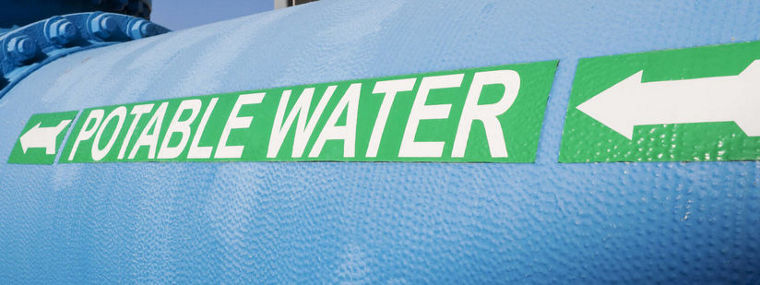Trenchless trends for pipeline rehabilitation
Water is an essential part of our everyday life and a valuable good to be handled carefully. By maintaining the infrastructure for fresh and waste water, municipalities, cities, and water utility companies play an important role in ensuring high water quality and reducing water loss.
In the United States for instance, much of the water infrastructure was built in the early to the middle of the 20th century with a lifespan of 75 to 100 years. Meanwhile many of the aging pipes are in poor physical condition. According to the American Water Works Association, the estimated investment needed to maintain existing water systems and to expand service to meet the demands of water over the next 25 years will be 1 trillion US-dollars.
In Germany, the situation is similar. A large part of today’s public waterworks and sewage system was built in the 1950s and 1960s, so there is also a high demand for fundamental renewal and replacement construction. In Germany’s largest federal state Bavaria alone, it is estimated that 10 to 15 percent of the Bavarian water and sewage network, which is around 215,000 kilometres long, will have to be renovated in the next few years.
There are basically two options for the renovation and renewal of pipes: either to dig up the ground and expose the entire pipe, or to implement a trenchless pipeline rehabilitation. The latter means to renovate the pipe from the inside, making costly replacements of old water and sewage pipes superseded. The buzzword here is Cured-in-Place-Pipe (CIPP) lining, a method of trenchless rehabilitation of existing pipes: A textile liner tube, which will be inserted into an existing pipe, is impregnated with a liquid resin. The resin is then exposed to a curing agent. This curing agent activates the resin causing it to harden and makes it attach against the inside of the old pipe. So, at the end of the process, the lining acts as a new, corrosion-resistant pipe.
Due to its superior mechanical strength compared to polyester resin and low to none emissions during and after processing, epoxy systems are increasingly used to meet needs for higher performance, resistance and safety. This results in comparable cost and better long-term impact on the environment since much lower amount of chemical is needed. With Ancamide® 2798, Ancamine® 2746, Ancamide® 2781, and Ancamine® 2927, Evonik’s business line Crosslinkers has developed a range of different liquid epoxy curing agents to increase the quality and efficiency and reduce cost for CIPP installation at the same time.
Unlike current epoxy technologies which require the impregnation of the liner to be done at the job site (which means more labor force and costly equipment), Evonik Crosslinkers’s Ancamine® 2927 epoxy curing agent can eliminate job site mixing, and thus, overall cost reduction plus results in a more consistent product quality when impregnated in the plant.
Crosslinkers - Creating Marketable and Intelligent Solutions
Mechanical strength, durability, chemical resistance and excellent color stability and adhesion properties – Evonik´s business line Crosslinkers offers tailor-made solutions for customers all over the world. As a raw material supplier, we have a profound understanding of the needs of our customers and their unique markets. Our range of products and expertise generates added value in a number of areas: from coatings and adhesives to civil engineering, high-performance elastomers and composites.
Ancamine® and Ancamide® deliver cost effective assistance of water infrastructure repair.
